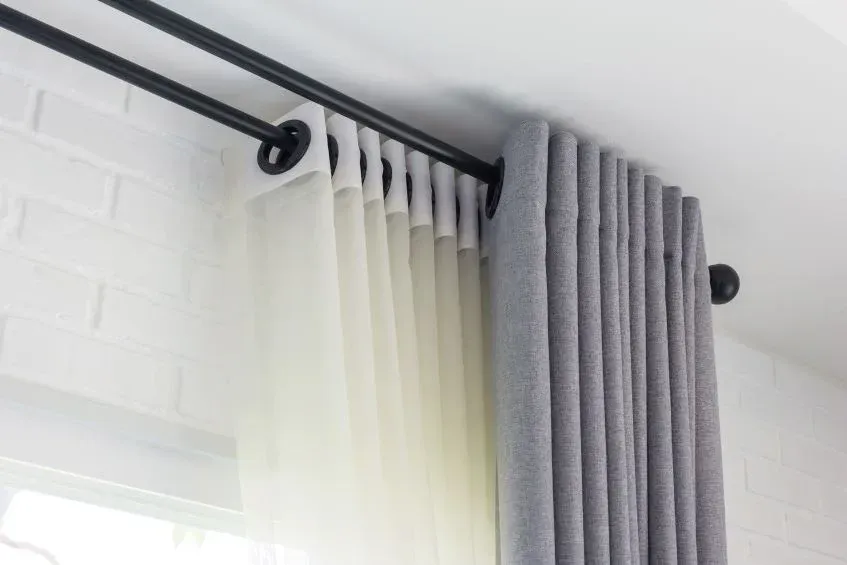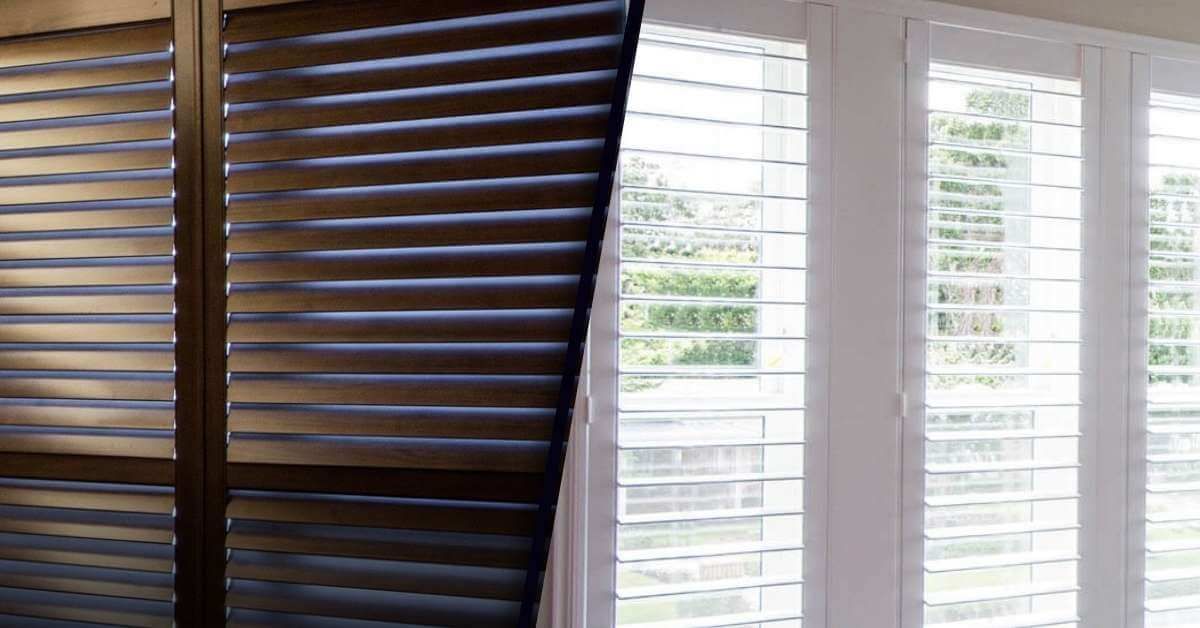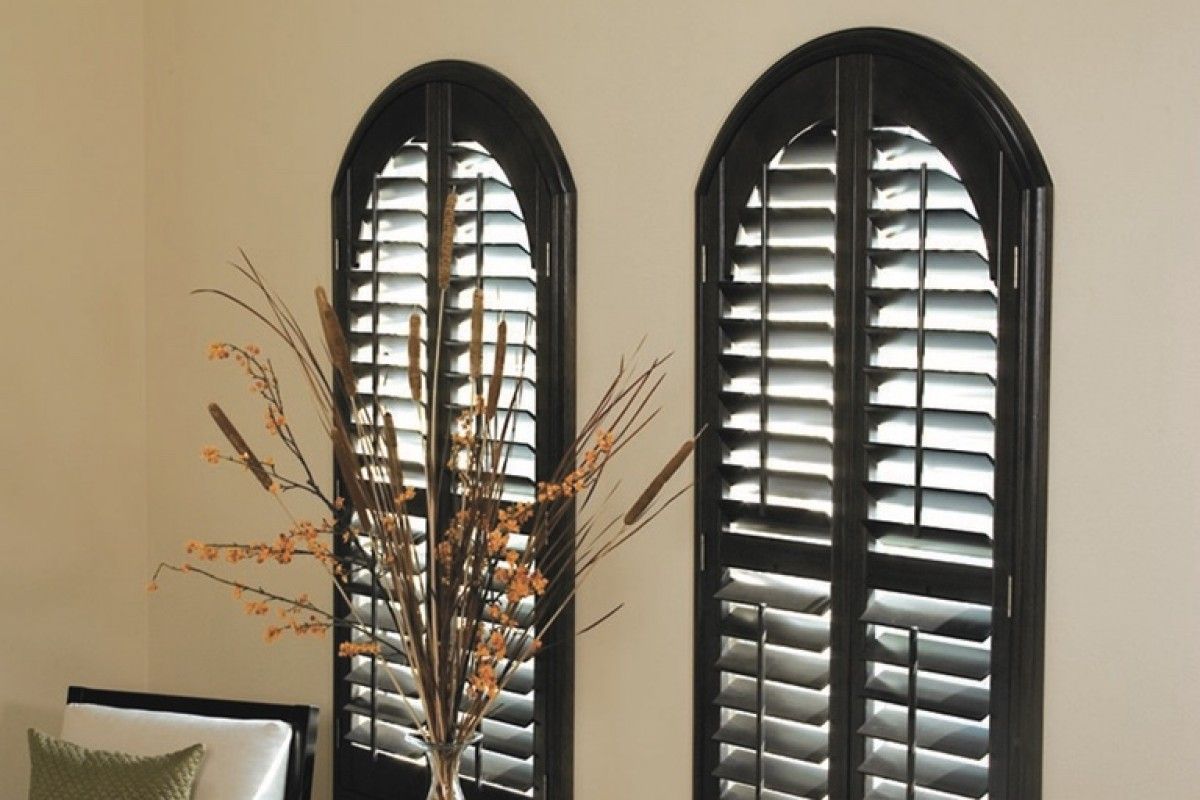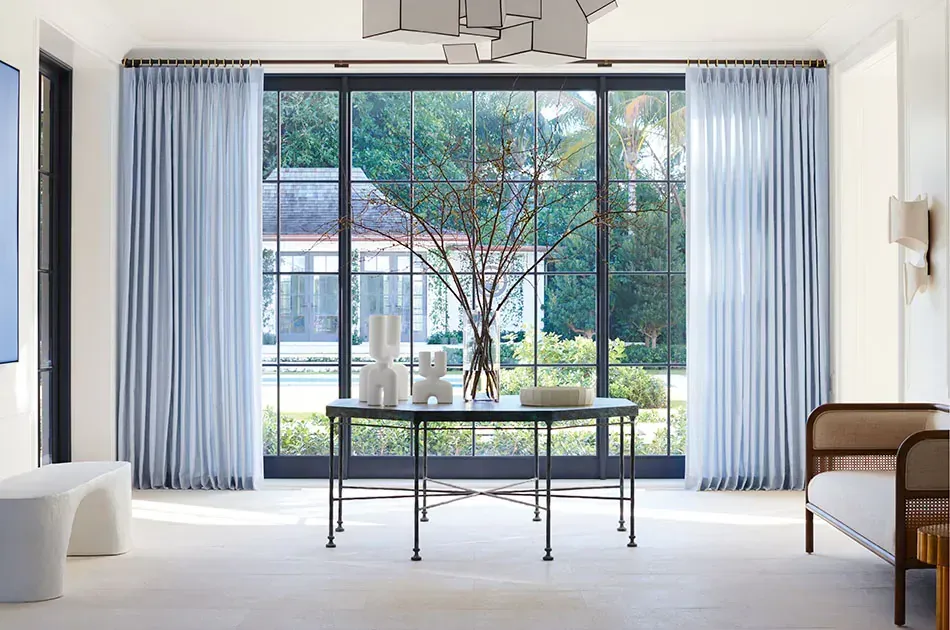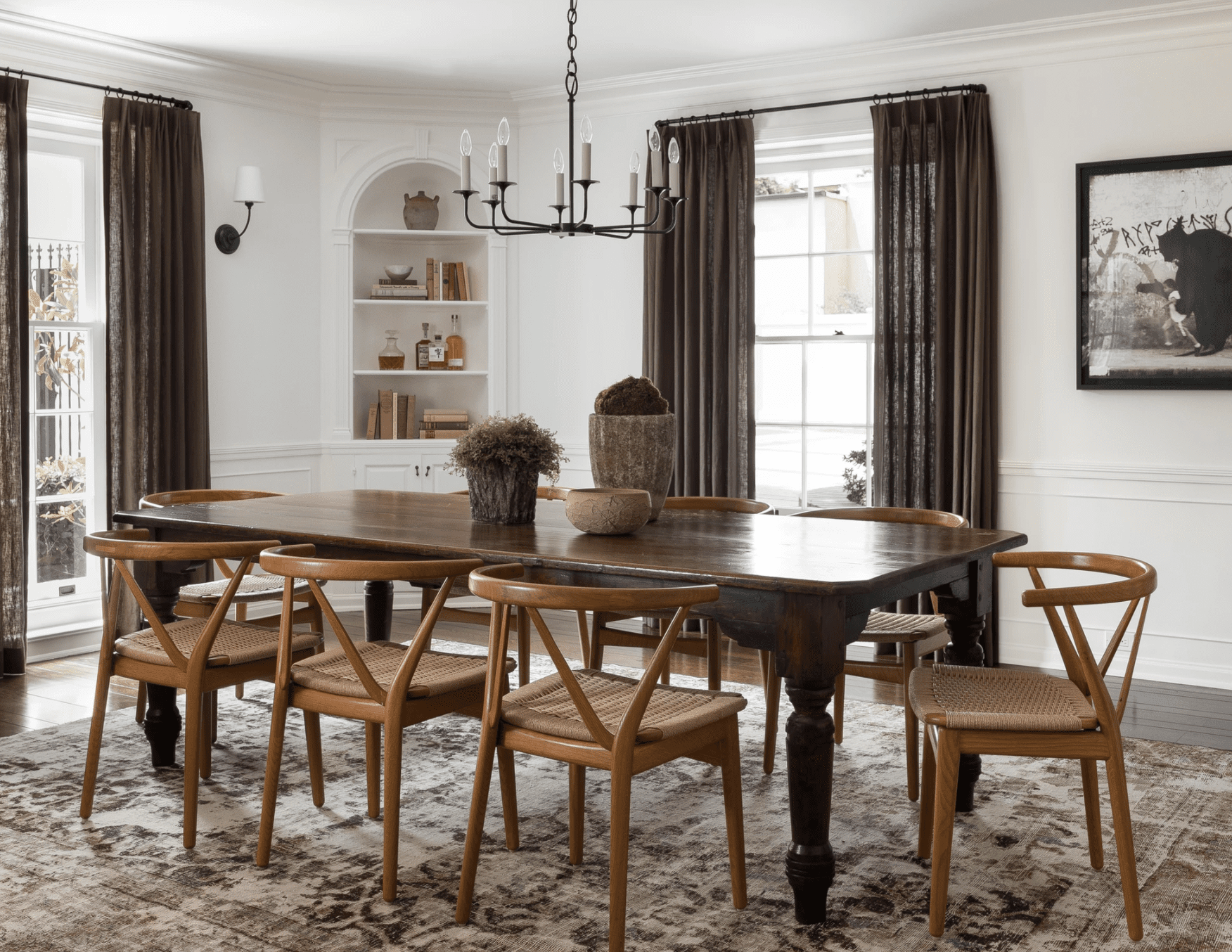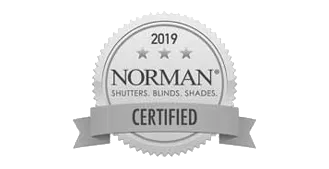LOVE IS BLINDS
What Are the Best Window Treatments for Allergies and Dust Control?
If you're looking to reduce allergens and control dust in your home, the best window treatments are hard surfaces like shutters, blinds, and roller shades. These options are easy to clean and trap significantly less dust compared to fabric-based alternatives, making them ideal for an allergy-friendly environment.
Why Window Treatments Matter for Allergies
Window treatments can either contribute to or alleviate indoor allergens. Dust, pollen, and pet dander often accumulate on surfaces, and the wrong materials can worsen air quality. By choosing hypoallergenic window treatments and maintaining them properly, you can significantly improve your home’s air quality and reduce allergy symptoms.
The Science Behind Allergens and Window Treatments
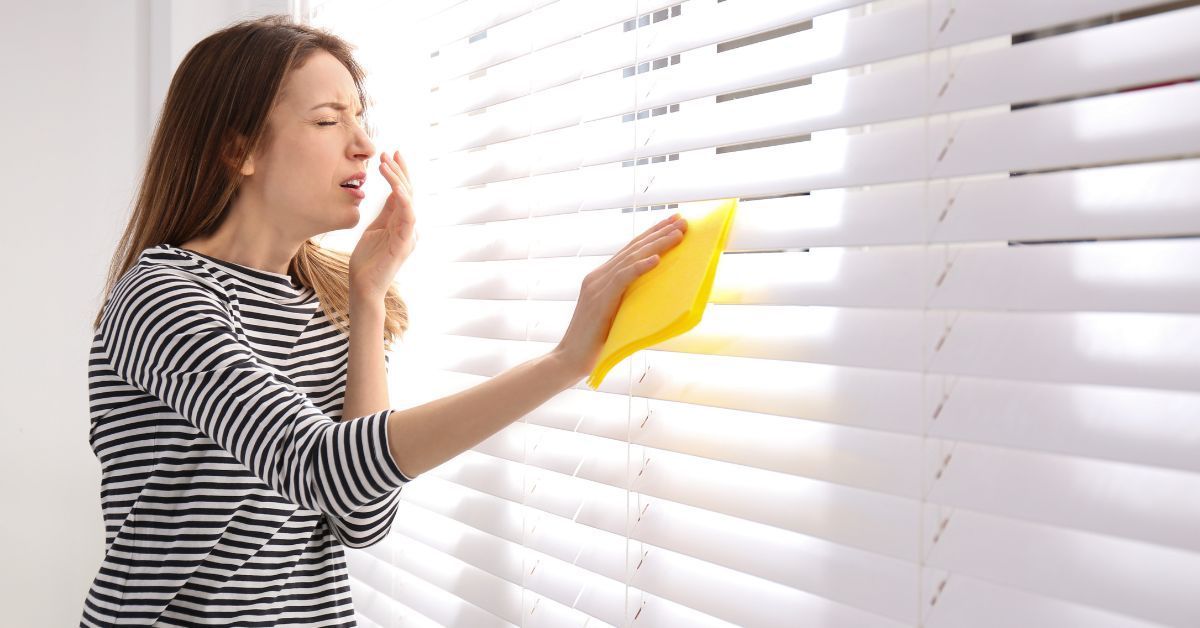
Common Indoor Allergens
- Dust Mites: Thrive in soft, porous materials like curtains and fabric blinds.
- Pet Dander: Easily settles on textured and hard-to-clean surfaces.
- Pollen: Can enter through windows and adhere to window coverings.
How Window Treatments Trap Allergens
Soft window treatments like drapes and Roman shades tend to trap allergens in their fibers. On the other hand, smooth and non-porous surfaces such as faux wood blinds and plantation shutters repel dust and make cleaning a breeze.
Why Hard Surfaces Are Better
Hard surfaces like vinyl, composite, or faux wood are non-porous, making it difficult for dust and allergens to adhere. These materials are also resistant to moisture, which discourages the growth of mold and mildew, common triggers for allergies.
Top Window Treatment Options for Allergy and Dust Control
Plantation Shutters
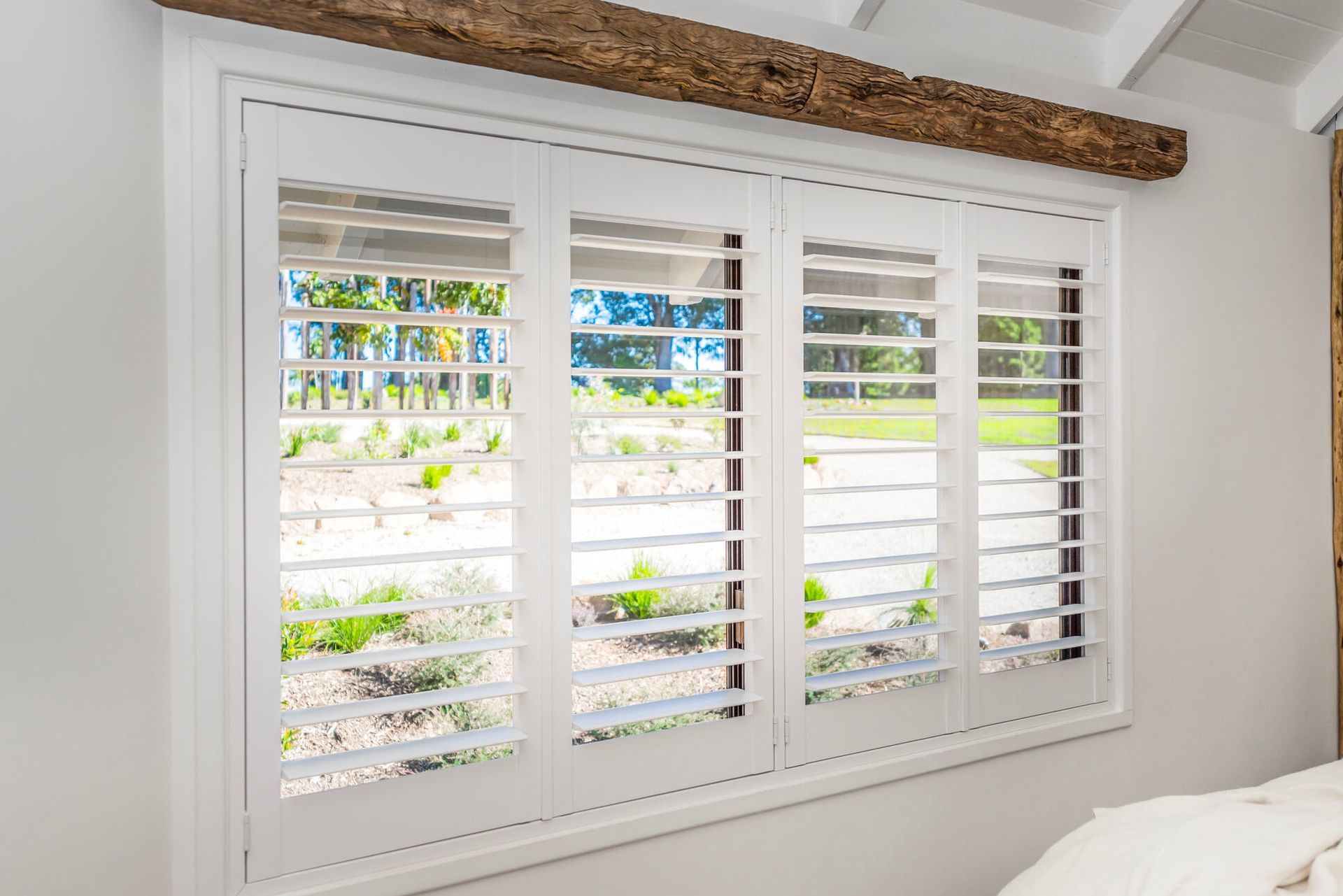
- Material: Often made from wood or composite materials.
- Benefits: Hard surface, easy to clean with a damp cloth, and resistant to dust buildup.
- Additional Notes: A great option for specialty-shaped windows.
Roller Shades
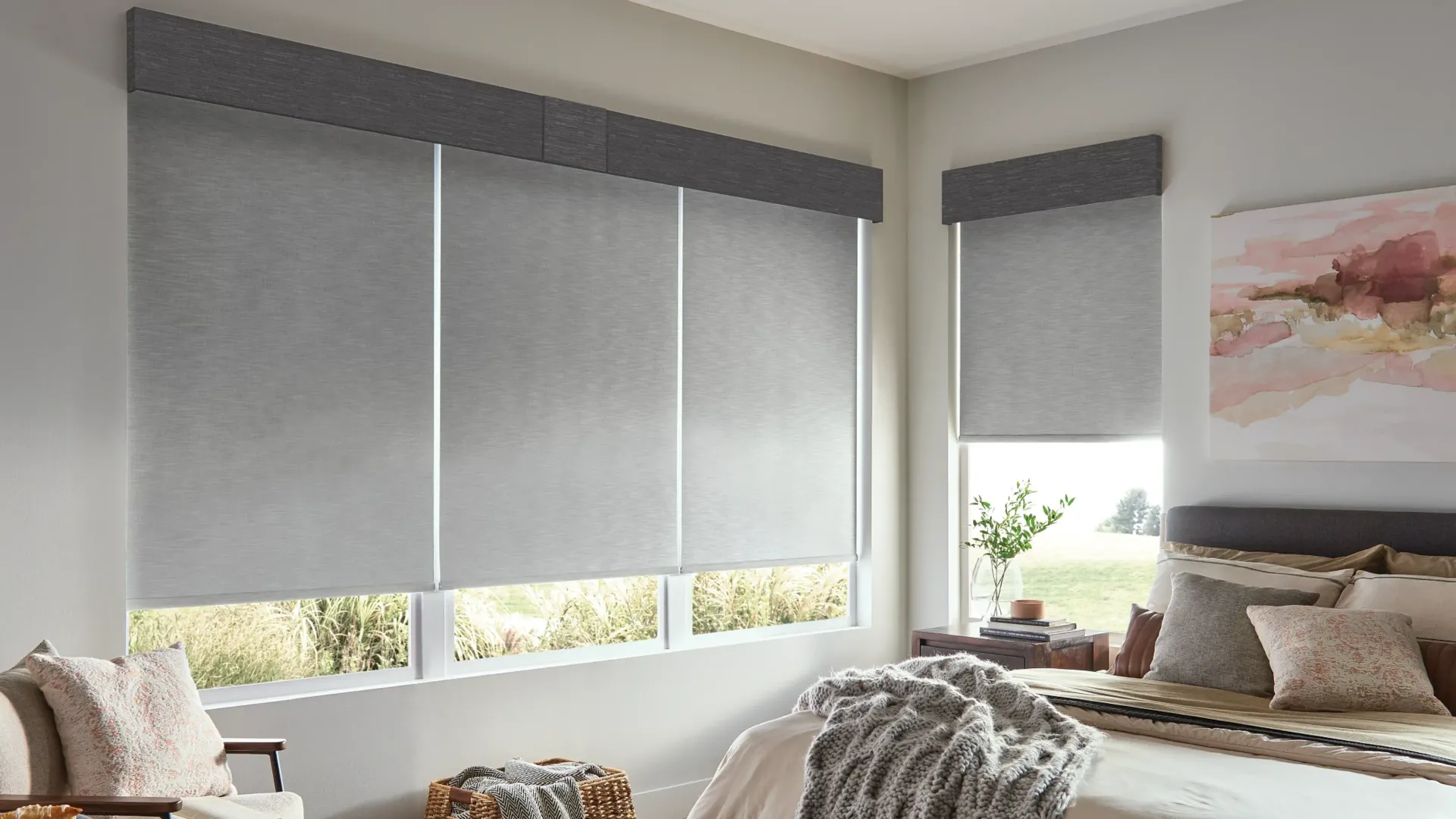
- Material: Usually made of vinyl or coated fabric.
- Benefits: Minimal surface area for dust to settle; easy to wipe clean. Dust can’t accumulate when shades are rolled up.
- Best Use Case: Ideal for bedrooms or living rooms where minimal dust accumulation is a priority.
Vertical Blinds
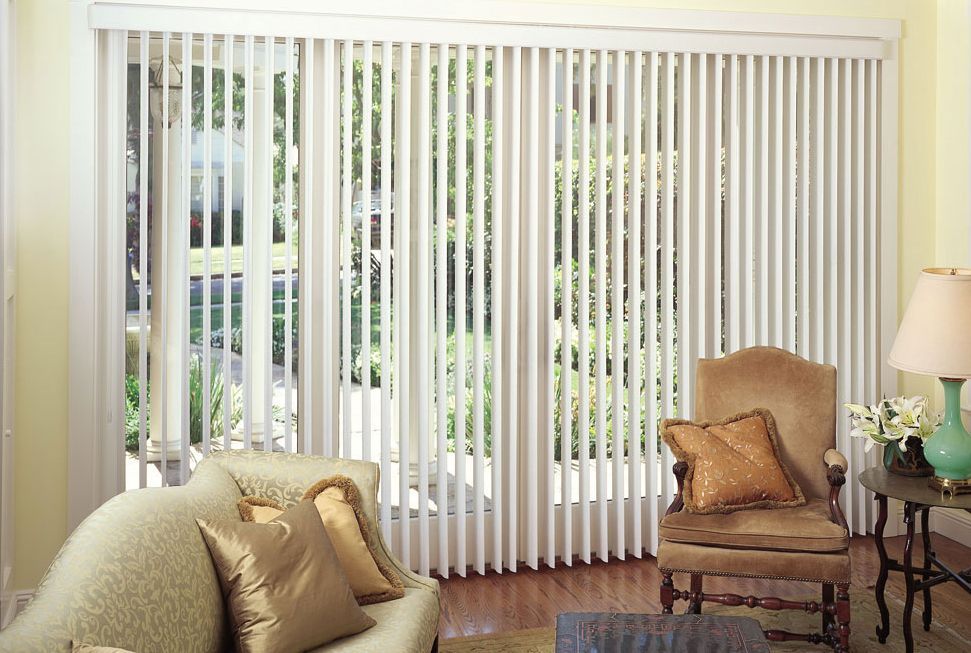
- Material: Available in vinyl, aluminum, or faux wood.
- Benefits: Vertical slats reduce horizontal dust accumulation and are easy to clean.
- Ideal For: Large windows or sliding glass doors where functionality and cleanliness are key.
Faux Wood Blinds
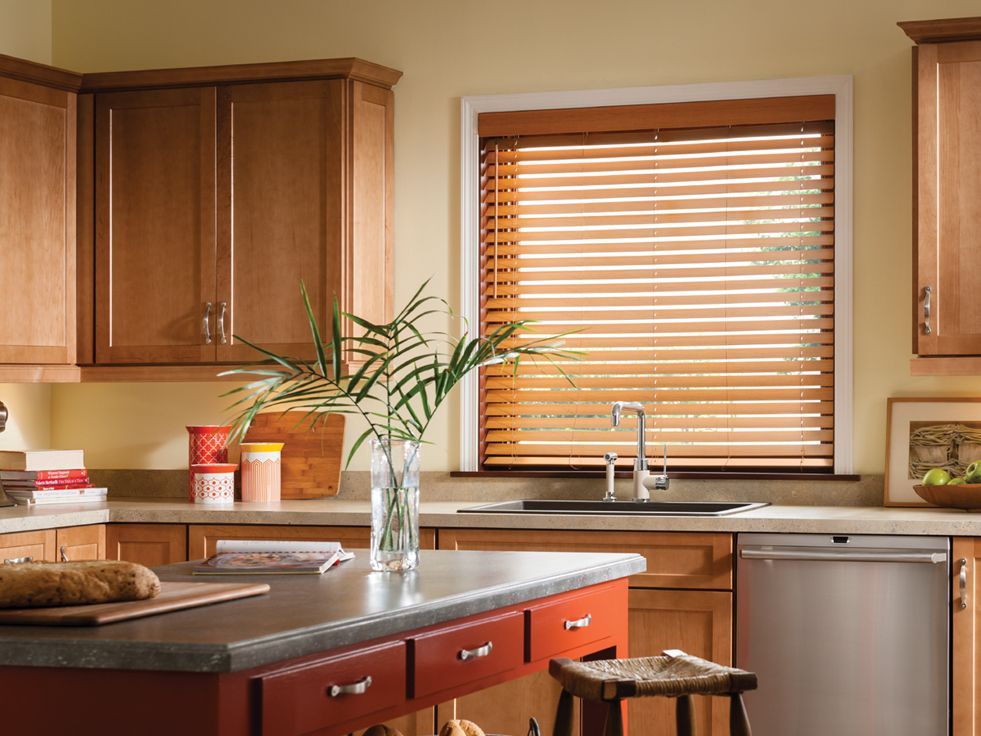
- Material: Synthetic materials that mimic the look of wood.
- Benefits: Durable, resistant to moisture, and less likely to trap allergens.
- Key Advantage: Combines aesthetics with functionality, making them a versatile choice for any room. For an added touch of elegance and practicality, consider upgrading to clean wooden window blinds, which offer the same hypoallergenic benefits with a classic, timeless look.
Honeycomb Shades (Cellular Shades)

- Material: Made from tightly woven fabrics with a unique cellular design.
- Benefits: Trap less dust than traditional fabric shades and offer excellent insulation.
- Additional Feature: Energy-efficient while still being easy to clean with a vacuum.
Choosing the Right Materials for Allergy-Friendly Window Treatments

Hypoallergenic Materials
- Vinyl: Non-porous and dust-resistant.
- Composite: Durable and easy to clean.
- Aluminum: Lightweight and doesn’t harbor allergens.
- Natural Materials with Treatments: Linen and cotton treated for dust resistance can be viable for those who prefer soft window coverings.
Materials to Avoid
- Heavy Fabrics: Velvet or thick drapes tend to trap dust and allergens.
- Natural Fibers: While breathable, options like untreated cotton can hold onto pollen and dust mites.
- Unsealed Wood: Can absorb moisture, encouraging mold and mildew.
Innovations in Window Treatment Materials
- Anti-Microbial Coatings: Some blinds and shades now come with coatings that inhibit the growth of allergens.
- Dust-Repelling Technologies: Advanced treatments on materials help repel dust, keeping surfaces cleaner for longer.
Maintenance Tips for Allergen-Free Window Treatments
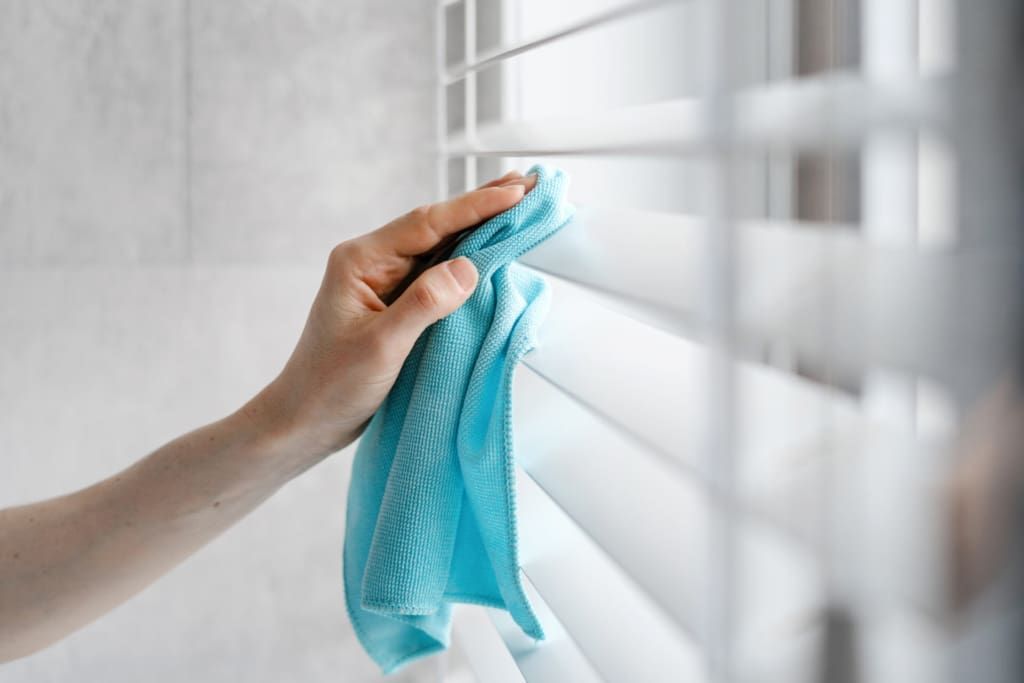
Cleaning Schedules
- Weekly: Use a microfiber cloth or duster for light maintenance.
- Monthly: Vacuum window treatments with a brush attachment.
- Seasonal: Deep clean with soap and water for shutters or wipe down blinds with a specialized cleaner.
Best Practices for Cleaning
- Dry Dusting: Start with a microfiber cloth to remove loose particles.
- Vacuuming: Use a handheld vacuum with a soft brush attachment for fabric treatments.
- Washing: Wash fabric curtains in hot water to kill dust mites; ensure blinds and shutters are wiped with non-abrasive cleaners.
Tools for Effective Cleaning
- Microfiber Cloths: Ideal for removing dust without spreading it.
- Vacuum Attachments: Great for reaching tight corners.
- Allergen-Reducing Sprays: Can be used on hard surfaces for added protection.
Pro Tip
Avoid using feather dusters, as they can redistribute dust into the air rather than removing it.
Strategies for Dust and Allergy Control
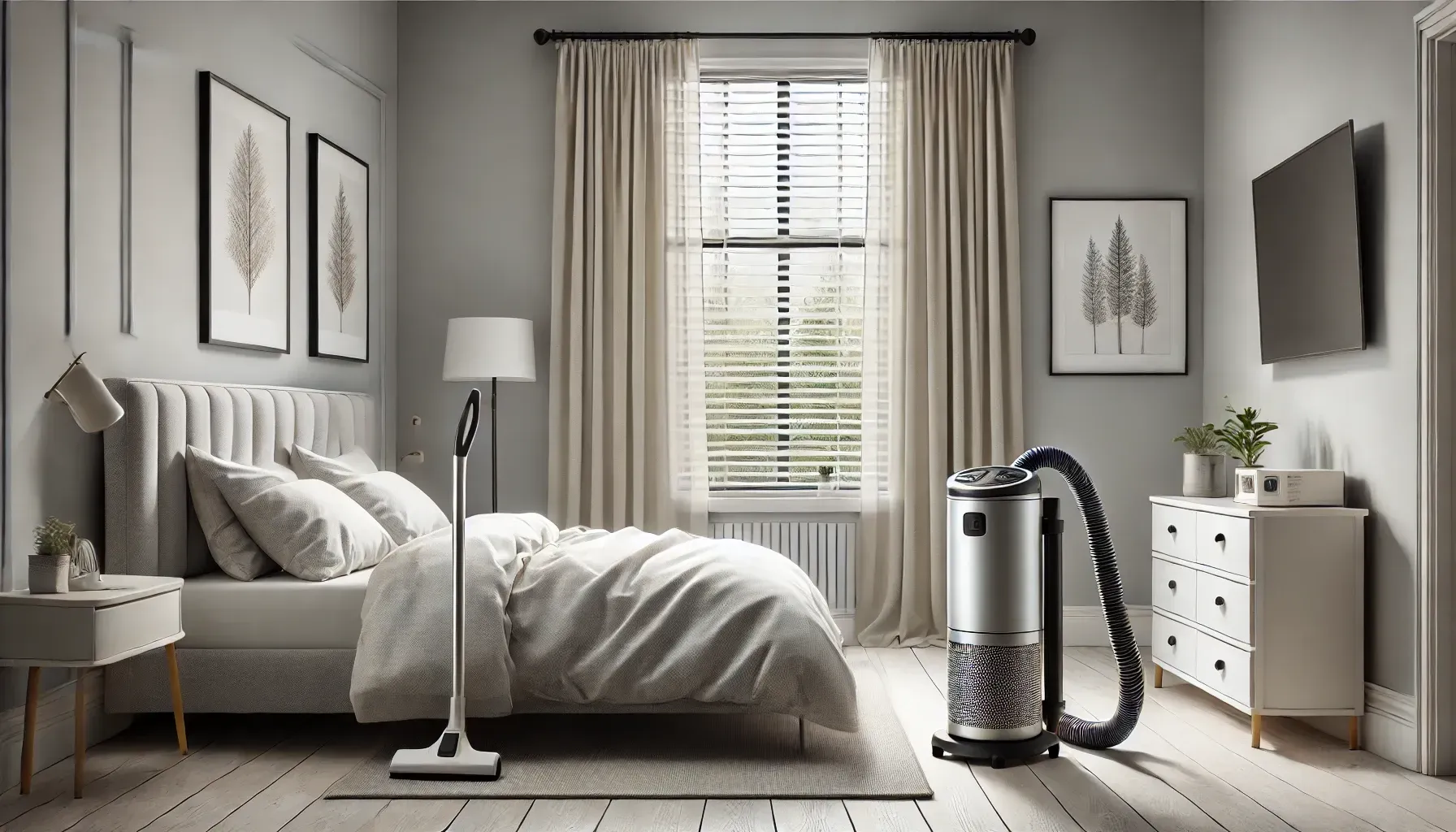
Use Air Purifiers
Placing air purifiers near windows can trap airborne particles before they settle on window treatments.
Combine Window Treatments
Pair hypoallergenic blinds with washable curtains to balance functionality and aesthetics.
Dust-Proof the Entire Room
- Vacuum carpets and rugs weekly with a HEPA filter vacuum.
- Wash bedding regularly in hot water to eliminate dust mites.
- Consider encasing mattresses and pillows with allergen-proof covers.
Control Humidity Levels
Maintain indoor humidity between 30-50% using a dehumidifier to prevent the growth of mold and mildew.
Frequently Asked Questions
Are Roller Shades Good for Allergies?
Yes, roller shades are excellent for allergies due to their flat, non-porous surface that doesn’t trap dust and allergens.
What Are the Best Blinds for Pet Dander Allergies?
Faux wood blinds and vertical blinds are ideal as they’re easy to clean and don’t trap dander.
Do Window Treatments Affect Air Quality?
Yes, the right window treatments can improve air quality by minimizing allergen accumulation and being easy to maintain.
Can I Use Fabric Curtains If I Have Allergies?
Yes, but opt for machine-washable fabrics like treated cotton or linen, and clean them regularly to prevent dust buildup.
Conclusion
Choosing the right window treatments can transform your home into a healthier, allergen-free environment. Hard window treatments like shutters, roller shades, and faux wood blinds are your best bet for reducing dust and allergens. Combine these with regular maintenance and complementary strategies for optimal results.
Ready to upgrade your window treatments? Explore options that suit your needs and create a healthier home environment today!
Need to setup a Repair Appointment?

